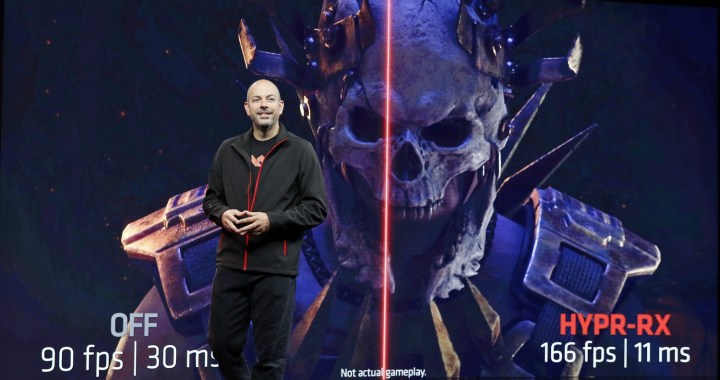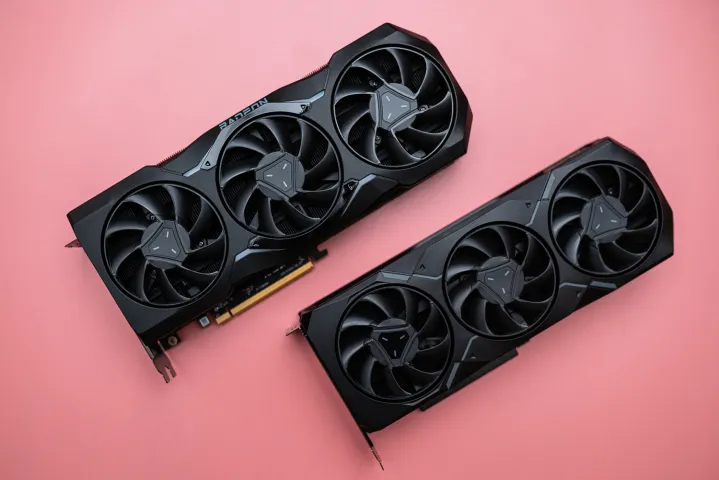
AMD’s FidelityFX Super Resolution 3 (FSR 3) has had an uphill climb so far, but things might get better in 2024. According to a statement from the company’s chief technology officer, this year will be a big one for AMD in terms of AI — and this doesn’t just mean large-scale AI, but also upscaling. Are we going to see some major changes in AMD’s next-gen RDNA 4 graphics cards?
The tantalizing bit of information comes from Mark Papermaster, AMD CTO, who was a guest on the No Priors Podcast. At the very end of the interview, Papermaster gave a few hints as to what’s on AMD’s agenda for 2024. It’s all about AI, and no surprise — Nvidia has adopted the same approach.
“This, for us, is a huge year because we spent so many years developing hardware and software capabilities for AI. We just completed AI-enabling in our entire portfolio, so cloud, edge, PCs, embedded devices, [and] gaming devices. We’re enabling our gaming devices to upscale using AI. And 2024 is really a huge deployment year for us,” said Mark Papermaster.
This is a vague teaser, but mentioning gaming devices and upscaling specifically is a strong pointer that AMD may be looking to buff FSR with AI capabilities. While Nvidia’s DLSS 3 and Intel’s XeSS are both hardware-powered and use AI in order to upscale, AMD’s FSR 3 does not. It’s based on a temporal upscaling technique and not supported by hardware solutions. This makes FSR highly accessible — after all, it’s open-source and available on graphics cards from all three vendors — but it may also limit AMD’s capabilities in improving the tech.

So far, Nvidia has dominated the upscaling scene. FSR 3 marks a huge step up from the previous generation, but its adoption is progressing at a snail’s pace, meaning that it’s only available in a handful of games right now. Meanwhile, Nvidia’s DLSS 3 is a major selling point in this generation, elevating GPUs like the RTX 4060 or the RTX 4070 Super to much higher levels of performance.
Mark Paperman appears to be well aware of AMD’s current position in the AI space, and hints that the company is looking for ways to completely change the narrative. He said: “I think we’re often unknown in the AI space. Everyone knows our competitor, but we not only want to be known in the AI space, but based on the results, based on the capabilities, and the value we provide, we want to be known (over the course of 2024) as the company that really enabled broad AI across that breadth of applications. […] I think this is also the year that that expanded portfolio of applications comes to life.”
Although these hints are subtle, it does appear that AMD may want to integrate AI into FSR — and the whole conversation was focused on 2024, so those changes might be just around the corner. Perhaps we might see some architectural changes in RDNA 4 graphics cards, which are set to come out this year.
Editors' Recommendations
- Nvidia is reportedly ‘worried that it’s missing the boat’
- Nvidia is the ‘GPU cartel,’ says former AMD Radeon manager
- One of the great rivalries in PCs could collapse
- This might be why AMD’s FSR 3 isn’t picking up momentum
- How Intel could win the GPU war this year





